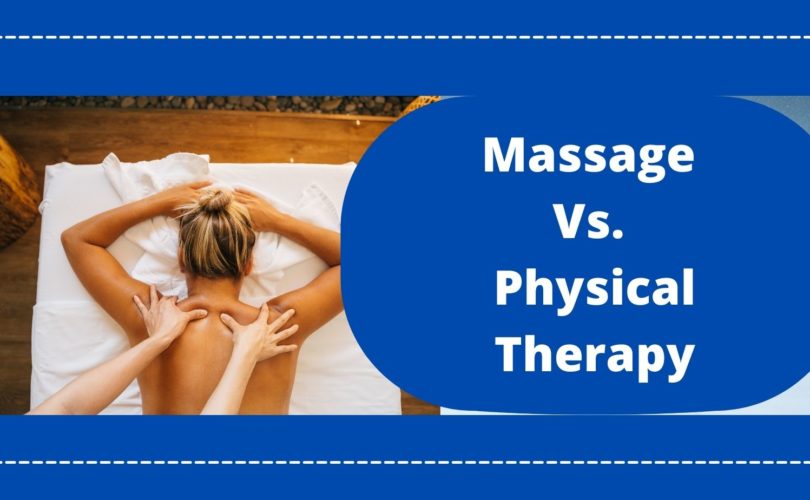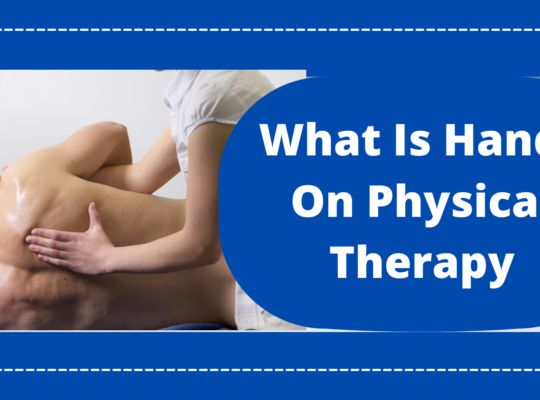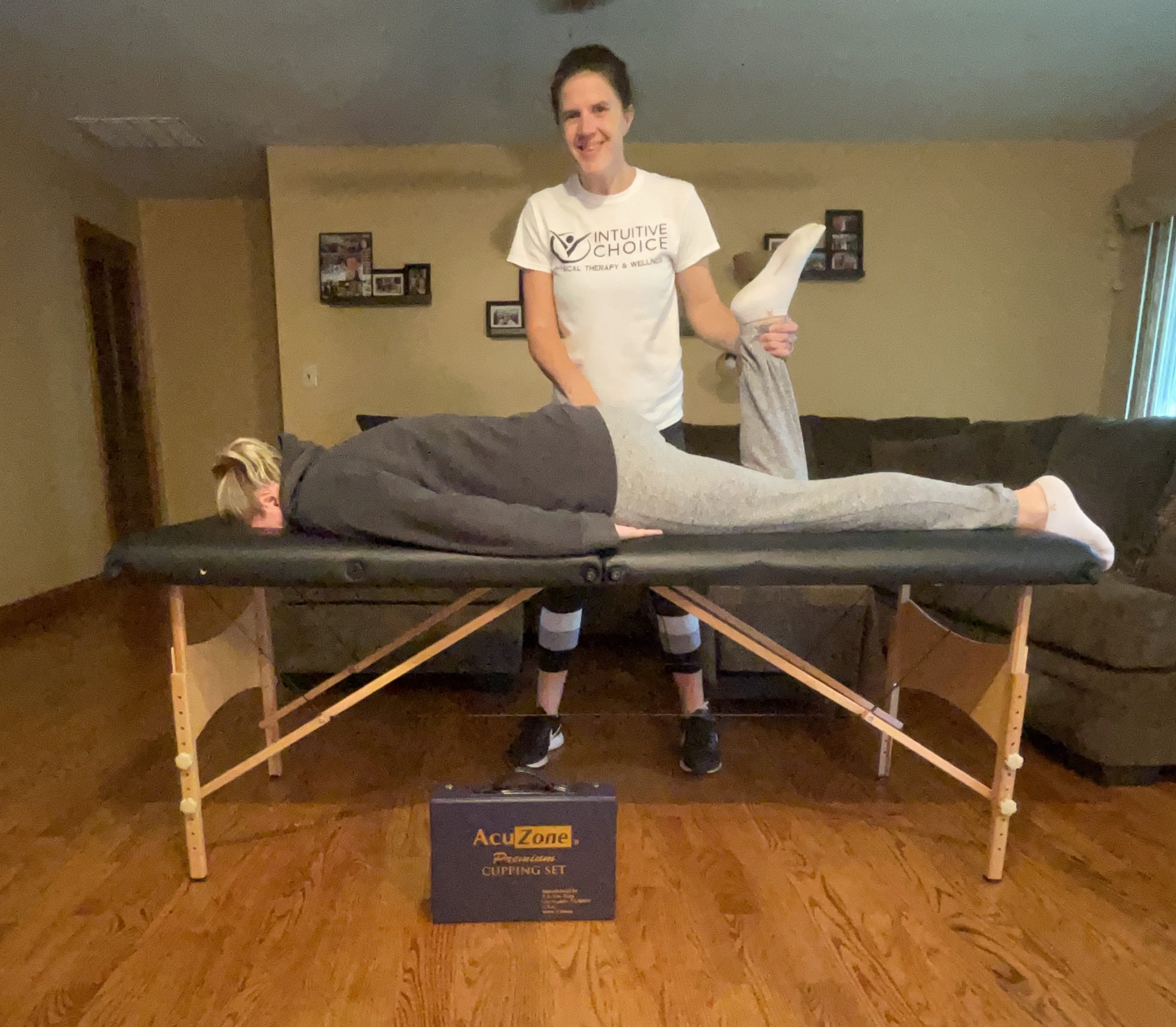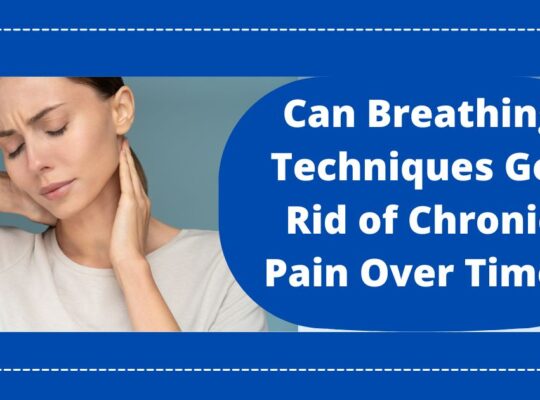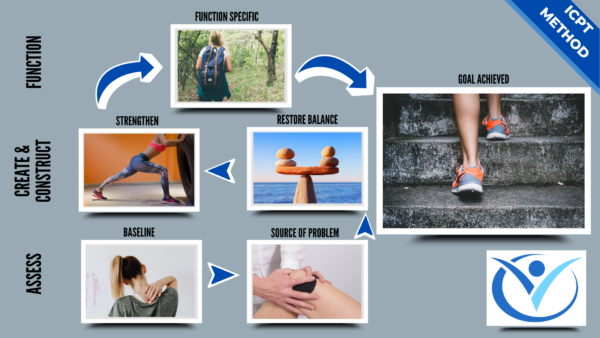Many people like getting a massage. It means you get 60 mins of you time, relaxing while laying on a table while someone uses various techniques on your muscles and joints but is it the only option to help you feel better?
No it’s not, but it can definitely play a role. As a fellow healthcare provider, we believe in massages and love them for ourselves. It can give you temporary relief from tight muscles in addition to a full body relaxation response. This is great for managing stress. We want to provide clarity on the difference for a massage verses physical therapy. We will review the benefits of both.

What is it like to get a massage?
We highly recommend you find a good massage therapist near you to ask questions and gain knowledge of their services. Luckily we have found one who does hot stones on our back, performs a deep tissue massage and really digs deep to loosen up the tension in our muscles.
When you get a massage, the massage therapist can use oils or a type of lotion on your skin to allow them to easily glide over your muscles. There are different type of strokes that can be performed depending on your need, mostly its to work out knots that are called adhesion’s.
When working out these so called knots, you are releasing muscle tension and the build up restriction in a muscle allowing more flexibility and movement.
What are the benefits of massage therapy?
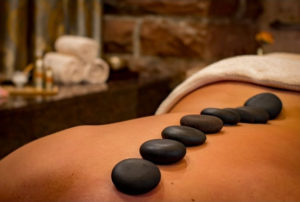
Release of lactic acid, metabolic byproducts and waste that builds up over time in your muscles and joints.
When treating injured muscles that have strains or cramps, massage can utilize stretching and hands on techniques that can help decrease the tension and release the toxins allowing recovery.
There are many different techniques with working with a massage therapist but asking questions when you find a massage therapist is key to your success. Some people can handle a deep massage compared to someone else who might feel they are being bruised. But all massages can be helpful depending on your purpose and focus.

That feel good sensation
Everyone likes to have the feel good sensation right? You get this feeling after a massage because if done right, you will feel more relaxed and flexible. After a massage you have that feel good sensation because you have a release of endorphins, serotonin and dopamine which encourages relaxation.
Stress relief
Massage has been shown to decrease blood pressure, decrease levels of cortisol, and improve psychological states by promoting the body’s relaxation response. Having a massage regularly (at least once a week) can help decrease chronic stress.
Improve mobility
Massage can help to improve muscle flexibility through releasing of knots and adhesion’s and by promoting relaxation in the muscle tissue.
However, most of us don’t realize that you need to keep moving to keep those gains in flexibility and sensation. Most of us go back to our normal daily routine which just causes all the tension to return. This is where a physical therapist comes into play to maintain results. We can create a plan to maintain results and have you communicate to your massage therapist the areas that we want targeted during your massages so we can work together to give you the best outcome.
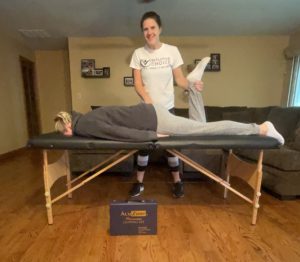
What is the difference between Massage verses Physical Therapy?
As physical therapist we have a wide variety of skills. We can provide a target approach to make sure you are moving, training and living from a stable base. We analyze your movements, patterns and address the deficits specifically to correct the root causes of discomfort. With using our specific process we employ manual techniques similar to a massage therapist, but also use the right dosage of stretching, as well as targeted exercises to correct movement patterns and improve posture awareness to improve your ability to tolerate your daily habits.
Stretching
Stretching is not something that is just performed by runners or gymnasts. We all need to be stretching to protect our mobility and independence in our daily lives. A lot of people do not stretch as much as they should or in the proper way. Stretching is beneficial for anyone of any of age. It keeps muscles flexible, strong and healthy which we need to maintain proper range of motion in our joints. Without it, your muscles shorten and become tight. Then, when you try to get those muscles to activate during an activity, they ware unable to extend all the way and can appear weak. This puts you at a higher risk for strains and muscle damage or imbalance. You ever feel you like you did an activity and pulled a muscle? One reason could be that you didn’t stretch as well as you should if you didn’t feel the stretch in the muscle you were focused on.
 Regular and daily, yes daily, stretching keeps muscles long, lean, and flexible. Healthy muscles also help us with coordination and proper activation needed during specific activities. The caveat is that not everyone needs to stretch the same muscles for the same length of time to ensure optimal and safe performance. Stretching does’t have to be where you hold the tension of a stretch for 30 seconds and perform 4-5 reps.
Regular and daily, yes daily, stretching keeps muscles long, lean, and flexible. Healthy muscles also help us with coordination and proper activation needed during specific activities. The caveat is that not everyone needs to stretch the same muscles for the same length of time to ensure optimal and safe performance. Stretching does’t have to be where you hold the tension of a stretch for 30 seconds and perform 4-5 reps.
What Do You Do?
It’s important to have a movement assessment performed by a physical therapist so that you gain an understanding of what muscles to stretch and ensure that you are in the correct position to target the muscle effectively. Many people turn to yoga to help with maintaining flexibility. When participating in Pilates or yoga, you want the control and proper form during the movements verses compensating. Most people tend to hyper extend their knees or hang on their shoulders joints in the down ward dog position compared to the proper form of engaging your core, and pushing your hands against the floor to activate your muscles in your shoulder blades.
We want to avoid these compensations that put increased strain through our joints which can lead to further aches and pains later down the road. Plus, you are not getting the benefit of the activity.
We aim to focus on quality vs quantity when it comes to exercise. If you are not sure on what stretching or classes are appropriate for you, let’s have a chat to get you started on your routine.
Strength Training
Strength training provides many benefits to our bodies. It has been shown to prolong and increase the overall quality of life and help decrease pain over the long-term. After receiving a massage, you have released the tension and can now gain strength and stability through exercise. You just have to find the appropriate training program.
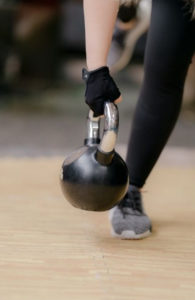
This means a well-developed program targeting weaker muscles as well as overall patterns. To figure this out, you should have an assessment to determine what muscle groups are weaker and limiting the efficiency of certain movement patterns. From that, you can create a targeted program to properly challenge the muscle groups and avoid overdosing. For instance, if your hamstrings are tight and your glutes are weaker, you need to have a program that trains your glutes while decreasing the strain on the hamstrings.
Final thoughts
So basically, massage therapy is a great addition to the treatment solution except if you keep having reoccurring pain. Then, you need to get an assessment to get root problem verses continuing to put a band-aid on it by releasing the muscle tension. This is likely only part of the solution. We want to get you past the need for a band-aid and start living your life without worry of discomfort returning. Massage is normally great for your body, but if you have any concerns or questions if it’s appropriate with your medical history, call. Just like everything else, there are precautions and contraindications to when to get a massage. We wanted to explain the difference between a massage verses physical therapy to provide more clarity for your solution. As we mentioned above, we have a deeper understanding of the body and how your body needs certain treatments. Speaking to a professional is key to your success and we would love to chat further for your specific needs.
(c) [2022] [Intuitive Choice Physical Therapy and Wellness]

